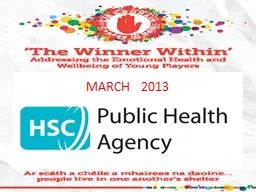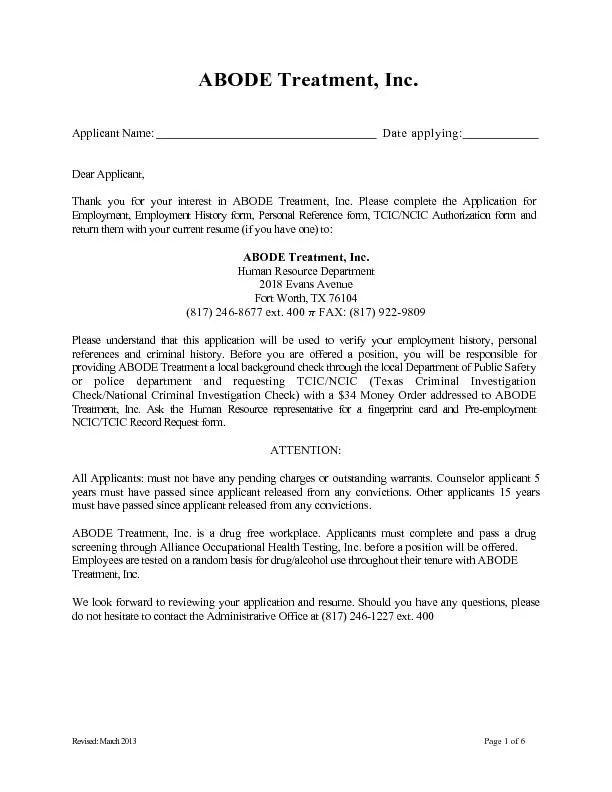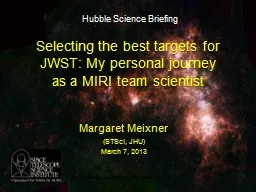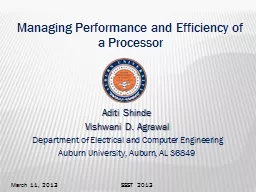PPT-MARCH 2013
Author : tatiana-dople | Published Date : 2017-08-11
Tyrone GAA Youth Conference Date March 7 th 2013 Venue Tyrone GAA HQ at Garvaghey Time 645pm 930pm The Winner Within Addressing the Emotional Health and Wellbeing
Presentation Embed Code
Download Presentation
Download Presentation The PPT/PDF document "MARCH 2013" is the property of its rightful owner. Permission is granted to download and print the materials on this website for personal, non-commercial use only, and to display it on your personal computer provided you do not modify the materials and that you retain all copyright notices contained in the materials. By downloading content from our website, you accept the terms of this agreement.
MARCH 2013: Transcript
Download Rules Of Document
"MARCH 2013"The content belongs to its owner. You may download and print it for personal use, without modification, and keep all copyright notices. By downloading, you agree to these terms.
Related Documents














